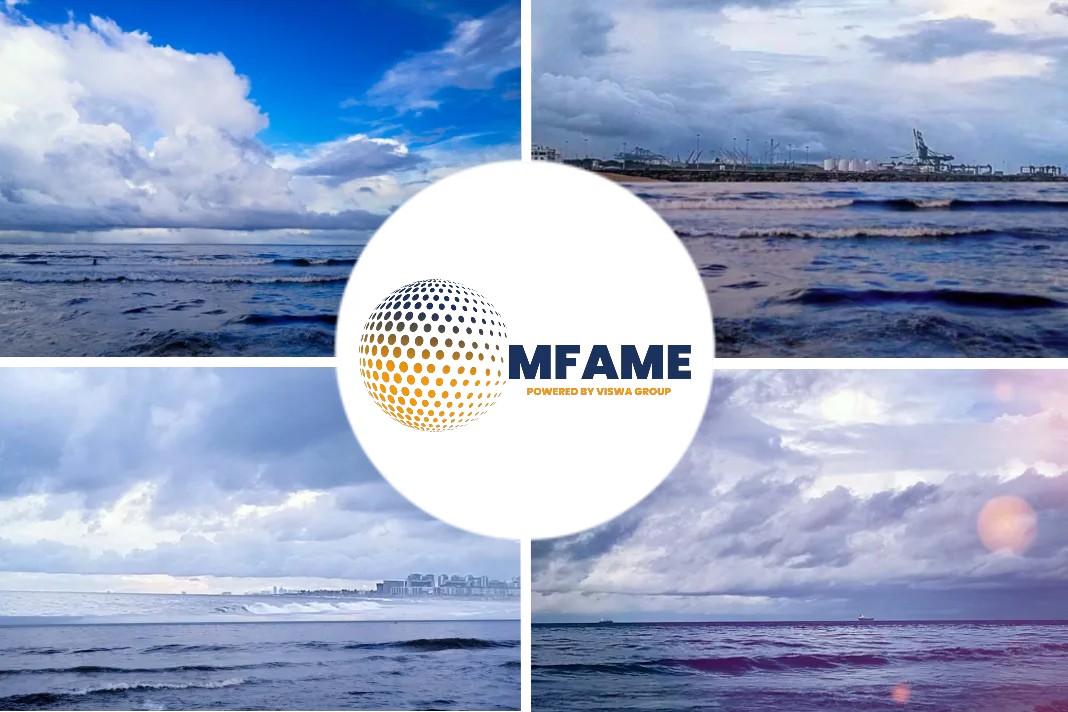- Global shipping has most of the key fundamentals in place for its transformation in the years ahead. In fact, Knut Ørbeck-Nilssen, DNV GL’s ceo – Maritime, goes further.
- He believes that the challenges of 2020 have tested international shipping to the limits, but that the world’s oldest mode of cargo transport has emerged stronger and fitter.
- Broadly positive, Ørbeck-Nilssen singles out the appalling treatment of seafarers as one critical exception.
- Earlier this year, he described their treatment and the fact that they were not recognised at an early stage as key workers as a ‘disgrace’.
A recent news article published in Sea Trade Maritime deals with the challenges of 2020 and how it has tested international shipping to the maximum. Paul Bartlett writes for Sea Trade Maritime in detail about the idea mentioned above.
Amazing support
“These are the people that have kept global supply chains running throughout this difficult year. Yet they have been forced to stay on board for such long periods of time, with the constant uncertainty of not knowing when they may be relieved,” he said, revealing that the classification society has backed The Mission to Seafarers throughout this year in the “amazing support” that the charity has provided. “Looking back at this year, that’s the money we spent most wisely,” he observes.
Apart from the humanitarian angle, he points out that uncertainty, stress and fatigue have a direct impact on mental capacity, and the ability of ships’ crews to continue performing at the top of their game.
Ultimately, from a classification society’s point of view, this raises safety questions, both for people and assets. “Let’s not forget,” he reminds, “ship classification is about safety at sea.”
Key milestones
So what are the milestones that shipping has passed which make Ørbeck-Nilssen so positive about the future. “Well, as I’ve said before, digitalisation has advanced by half a decade in just a few months. And where there was reluctance before, it is now seen as a basket of opportunities. Remote surveys are of course one key development, and we have now undertaken more than 20,000 of these over the last two years. But there are many other digital advances.”
Changing fundamentals
Perhaps the most fundamental change that Ørbeck-Nilssen identifies was already evident before the pandemic but has advanced rapidly over recent months. It relates to collaboration and transparency, two fundamentals that so far have not gone hand-in-hand with maritime business.
On collaboration, he identifies the Sea Cargo Charter and the Poseidon Principles as exceptional developments. “Digitalisation helps with transparency and as an industry, we are moving forward and making sure that shipping continues to be the most carbon-friendly means of transport,” he says.
However, the close involvement of leading ship financiers and heavyweight customers is a major positive.
Outstanding priorities
Whilst Ørbeck-Nilssen is positive, he is far from complacent. “We must do what we do better than we did before,” he declares, “and some of the basics still need improvement.”
He identifies several key areas of concern, including bulk carrier safety, whether caused by cargo liquefaction or cargo combustion; shipboard fires generally and the ability to fight them effectively; and the highly topical loss of containers from large vessels in heavy seas. The classification society will soon be releasing a new model to estimate lashing loads for different ships in varying sea conditions.
Notably, he also mentions “the dark side of digitalisation” as warranting close attention. Despite all the benefits that this technology can bring, it also generates new dangers and vulnerabilities of which we should all be aware, he says.
Did you subscribe to our daily newsletter?
It’s Free! Click here to Subscribe!
Source: Sea Trade Maritime























